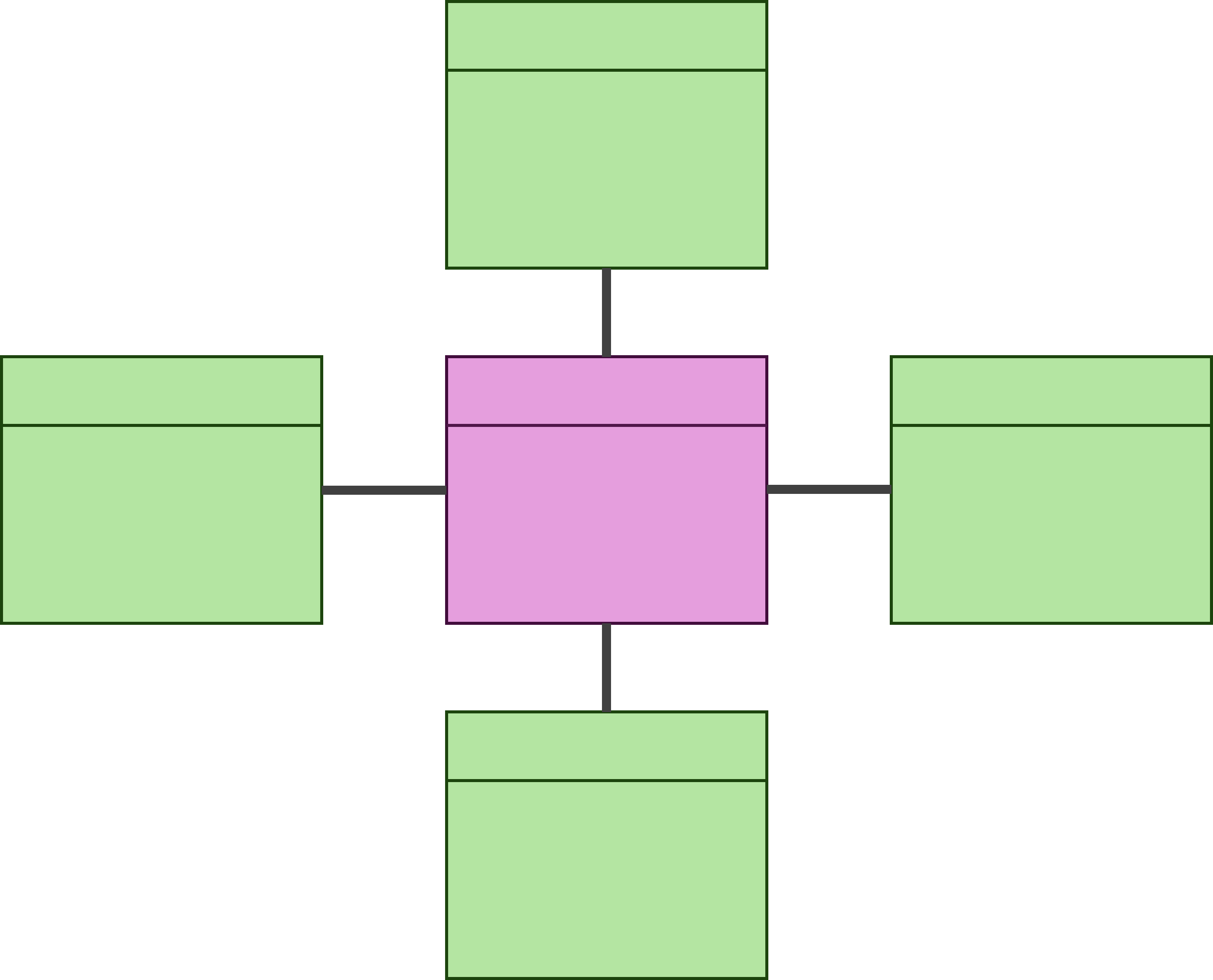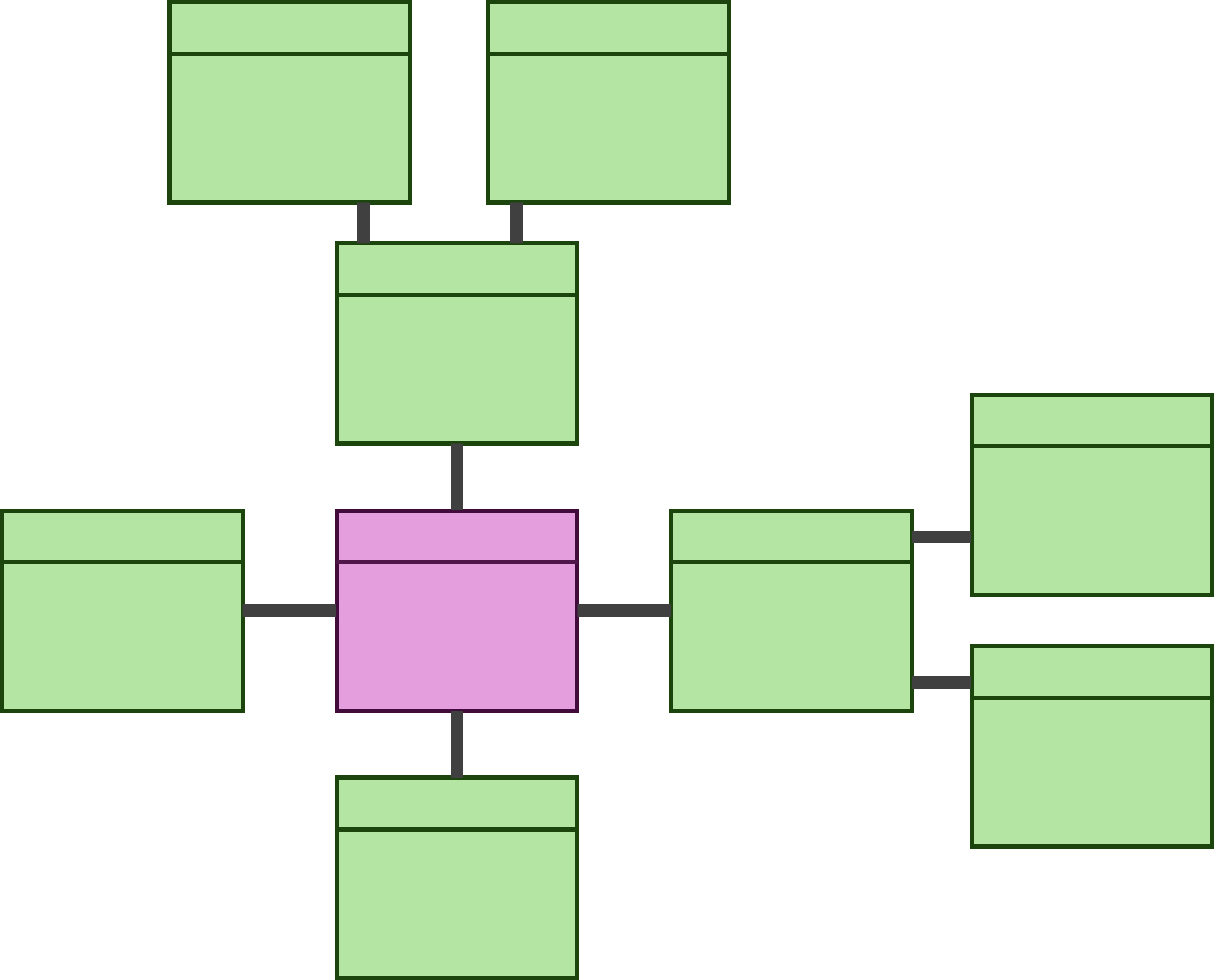Hello everyone, I am Olivia from cohort DS53, and here is my first blog post of hopefully many more. For my first week, I wanted to cover key theory I picked up on my first official day of The Data School in order to fully grasp what a database fundamentally is and what it is made up of.
What is Data? The facts or numbers collected from observations for the purpose of understanding a particular subject better.
How is Data Stored? Data is stored in databases. And what are databases? A data storage and administration system which resides on a server.
Now, let's break down the components of a database:
Tables - Where data lives, made up of columns (attributes), and rows (records).
Views - hold logic to form more useful datasets without duplicating storage
Keys - help to link tables together and create relationships.
Schemas - a map that shows how all the tables within a database connect to each other.
Types of Tables in Schemas:
Fact Tables - Hold the records of the dataset (the measurable events or transactions).
Dimension Tables - Hold the details about the categorical fields in the dataset (the descriptive information).

Common Schema Patterns:
Star Schema - One fact table connected to multiple dimension tables.

Snowflake Schema - One fact table connected to multiple dimension tables, where some dimension tables also reference other dimension tables.

Understanding these fundamentals has given me a solid foundation to build upon as I continue my Data School journey - from basic data storage concepts to how databases are structured!
